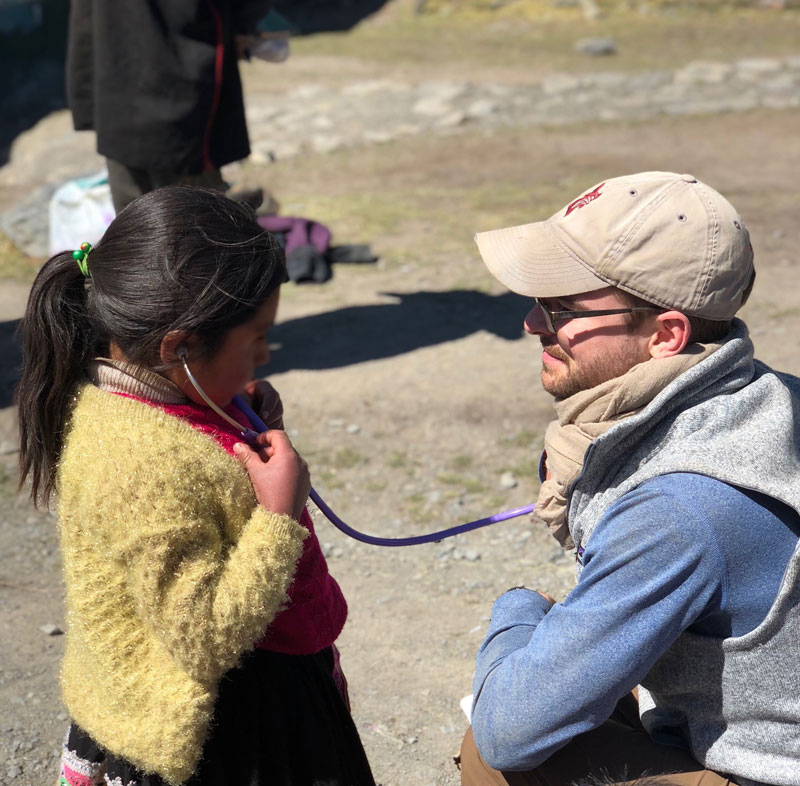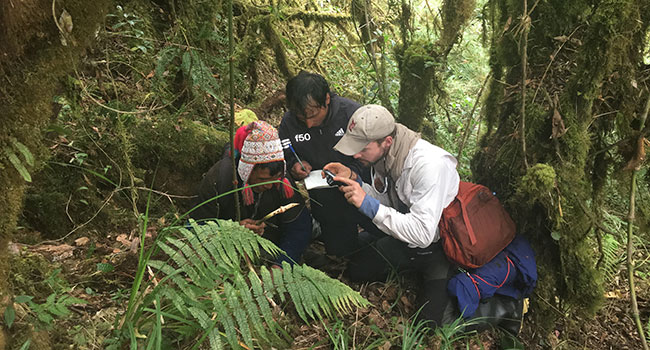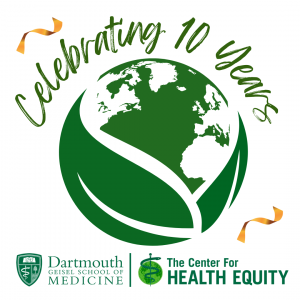by Patrick Tolosky

As a Global Health Scholar with the Geisel School of Medicine, I travelled to Q’eros Nation in the Andean region of rural Peru with support from the Center for Health Equity-Dickey Center Fellowship. The project goal was to begin the process of creating a written catalog of the traditional botanical medicine of Q’eros Nation in order to preserve this sacred information for generations to come. By the end of the summer, we had photographed forty-two plants and conducted short interviews regarding the essential information for each plant. The first edition of the catalog will be printed and placed in the Hampi Wasi (Home of Healing) in Q’eros in the fall of 2018. However, the community partners I worked with emphasized how there are still hundreds of plants to be documented. This project, I imagine and hope, will be continued for years to come. There are thousands of themes and ideas I could share regarding this process and its stories, but I thought it would be more insightful to focus on two interconnected reflections from my summer in Q’eros.
After I had spent a few days in Q’eros this past summer, the catalog project had not progressed as I had anticipated. I had not yet met the healer, Genaro, whom we were going to work with, and this was a crucial component of the project’s success. One day, on a short hike, we were fortunate to find Genaro at his house. He had not been expecting us, but he came down to our group and we shared some tea together. Next, I believe, was one of the most critical moments during the entire summer. Genaro did not know the details of the project, so one of the other men from Q’eros, Alejandro, sat down with Genaro and myself to propose the project. The two men were speaking in Quechua, so I could not understand fully, but I could tell that Genaro was a little hesitant since he did not know me personally, and the botanical information he would be sharing is valuable and sacred to the Q’eros people. However, Alejandro and I had spent the summer of 2015 working alongside each other during the construction of the Hampi Wasi (funded by a grant I was fortunate to receive from the Davis Projects for Peace Foundation). I could tell through his mentioning of the Hampi Wasi that Alejandro was vouching for my character and genuine desire to work with the Q’eros people on the path of empowerment they consider so important for their children. It was an odd few moments for me, as a spectator, to watch and consider the implications of the ongoing relationship I had with the Q’eros community. Genaro decided to help with the documentation efforts, and in time we formed an extraordinary friendship.


This fateful conversation made me reflect on the broader theme of my general presence in the community. I think it can be easy when working with a new group of people to be concerned with how to present oneself, how to interact, how to represent one’s own community or profession, and how to “not mess up”. I had these thoughts throughout my time in Q’eros, yet I found that my most genuine and enjoyable interactions came when I was simply myself. This took place when I would jump into a soccer game with some four to ten-year-old kids (despite my lungs not supporting my decision at 14,500 feet), when I helped start the campfires on our multi-day trek to the amazon, or when humor was used as a tool to enjoy the moment and bond. I became more conscious throughout my time in the community that I could contribute more and be more present when I was simply myself, rather than trying to be what I thought I should be. In order to truly have any experience within a community, I believe, you have to bring yourself to that community. If you can’t bring yourself, then what or who are you bringing?
I know that I will continue to think about my time in Q’eros, during global health discussions but also during the simplest moments of my day when a child’s face jumps into my mind or I see a piece of bread, a stream, or a beautiful sky that reminds me of our long trek. I feel as though these experiences where we travel to new communities are full of moments so different from our everyday lives and are opportunities to learn and grow. Simultaneously, time spent anywhere in the world is so full of moments that could happen anywhere in our daily lives, and can teach us about being human, about having relationships, or about our purpose. I am excited to see how my time in Q’eros will continue to teach me about life, and I hope to journey back before too long.
